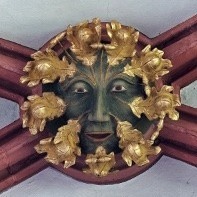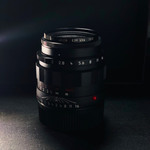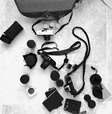Please correct me if I'm wrong about 75mm APO-Summilux-M ASPH f/1.4
-
Recently Browsing 0 members
- No registered users viewing this page.
-
Similar Content
-
Busting the myth - Summilux 50 ASPH and Summilux 50 ASPH Black Chrome edition really are IDENTICAL optically 1 2
By Al Brown,
- 29 replies
- 1,170 views
-
Leica APO-Summicron-M 75mm f/2 ASPH problems and issues - do the SILVER ones have them as well?
By Al Brown,
- apo
- apo summicron
- (and 3 more)
- 17 replies
- 1,903 views
-
- 67 replies
- 5,313 views
-
- 4 replies
- 504 views
-
- 14 replies
- 1,413 views
-







Recommended Posts
Join the conversation
You can post now and register later. If you have an account, sign in now to post with your account.
Note: Your post will require moderator approval before it will be visible.